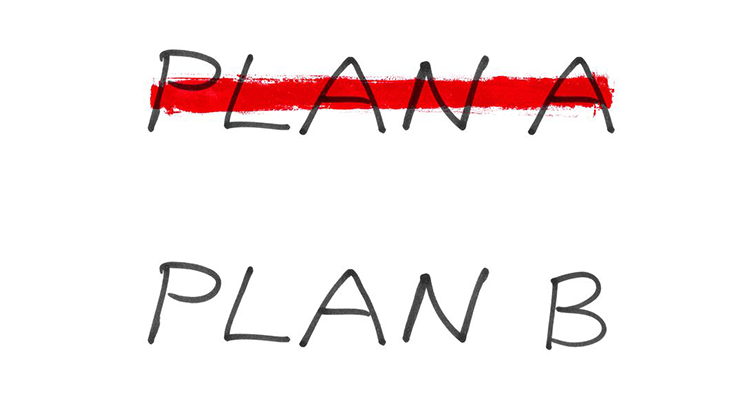Making the Change Order a Friend

“This means I’m going to have a very difficult conversation,” I once heard the project manager say. She had found out from the project team that a change was needed.
Clearly, she dreaded the change order. It’s been said that no customer wants to be presented with a change order, and I’ve seen AV installers provide a lot of extra unpaid services and even equipment to avoid presenting one.
A “change order,” according to Wicktionary, is:
“A description of changes to be made to a work order that describes the new work to be done (and any modifications) and the price to be paid for this new work.”
AV designers and solution providers enter into contracts with the customer to deliver a needed AV solution. The contract specifies what is needed and how much it will cost. No customer wants to pay more than they agreed to. The only thing worse than paying more than agreed is not getting exactly what they wanted.
However, it is very common for the desired scope to evolve from what is written in the original contract. That’s what the change order is for. When an AV service provider recognizes the value we provide, presenting a change order is a natural thing. There is a right way and a wrong way to prepare and present a change order.
Preparing for a Smooth Change Order
Prior to starting any work, a kickoff meeting with the customer must happen. In this meeting, the statement of work will be reviewed and confirmed. Confirm in writing what work will be done.
Best practice is not to order any equipment or use any resources until this kickoff conversation happens. All details need to be documented. The original contract might still stand, but if anything changes, a new document needs to be created and signed.
At the end of every kickoff meeting, I have a set speech I give:
“We will not present you with a bill you did not agree to. Any changes to this work will be agreed upon in writing. This is my commitment to you.”
For the customer, this addresses their fear of being overcharged. But in my experience, the AV provider is nearly always the one who over-gives. This statement, so reassuring to the customer, is the strongest protection to the AV service provider against margin erosion.
This honest and transparent statement lays the foundation for a change order to presented when the scope changes.
PM Stays on the Project Like a Dog on a Bone
The kickoff — with its foundation statement — must be followed up with regular project meetings. Since things can change at any time, a quick check-in to review the scope as it stands keeps things moving.
My meeting agendas include a description of the scope as last understood.
PM: “This project is for three digital signage displays with players in your new office.”
Customer: “Oh, we’ve actually changed. One of the displays will need to be conferencing-capable.”
The response should be: “Yes, we can do that. Here’s a quote for that change.” When the cost is reviewed, the customer can either agree or back down from the request. Sometimes the discussion modifies the request. Does the display have audio? Maybe we cross off the sound bar in the bid. We schedule and staff accordingly.
This discussion allows the customer to accept the cost of the changes; the AV supplier is protected from delivering and servicing something for which they won’t be paid.
It is best practice for all changes of scope to go through the project manager. Installers are great at their job of installing. When a customer comes into the job site and requests a change, that installer knows that they can do it.
But only the project manager is the one to approve a change. The PM manages the scope and the relationship with the customer. Installers need to check in with the PM. If a last-minute change is requested, the PM can expedite the approval if it is truly needed. All non-approved changes go into the magic land of day two.
Every job is subject to change orders. Tracking the changes and documenting them in a transparent way makes the customer and the AV provider a team.
When the Bill Is Due
Remember going to restaurants? If I got a check and saw a charge I thought was incorrect, I had a discussion with the staff. Either it was removed or I recognized that I, in fact, did order it — and I paid the bill.
Any business owner is excited about collecting invoices. It can never happen fast enough. AV customers will have to review the bill and confirm its accuracy just as I used to do in restaurants. Documenting change orders as they happen will give answers to any questions that arise. Answering questions about the bill as they arise allows the invoice to flow like water going downhill into the AV provider’s thirsty bank account.
Change Orders Are an AV Provider’s Best Friend
With the attitudes and the best practices outlined in this piece, AV providers can work with customers to make change orders a respected and accepted part of the process. Salespeople, project managers and installers can understand their roles and be confident in using them.
Communicating with integrity is a best practice between AV providers and customers. Expanding this into the change-management process cements the relationship and keeps both sides happy and profitable. Change orders can be a comfortable part of executing a job.





